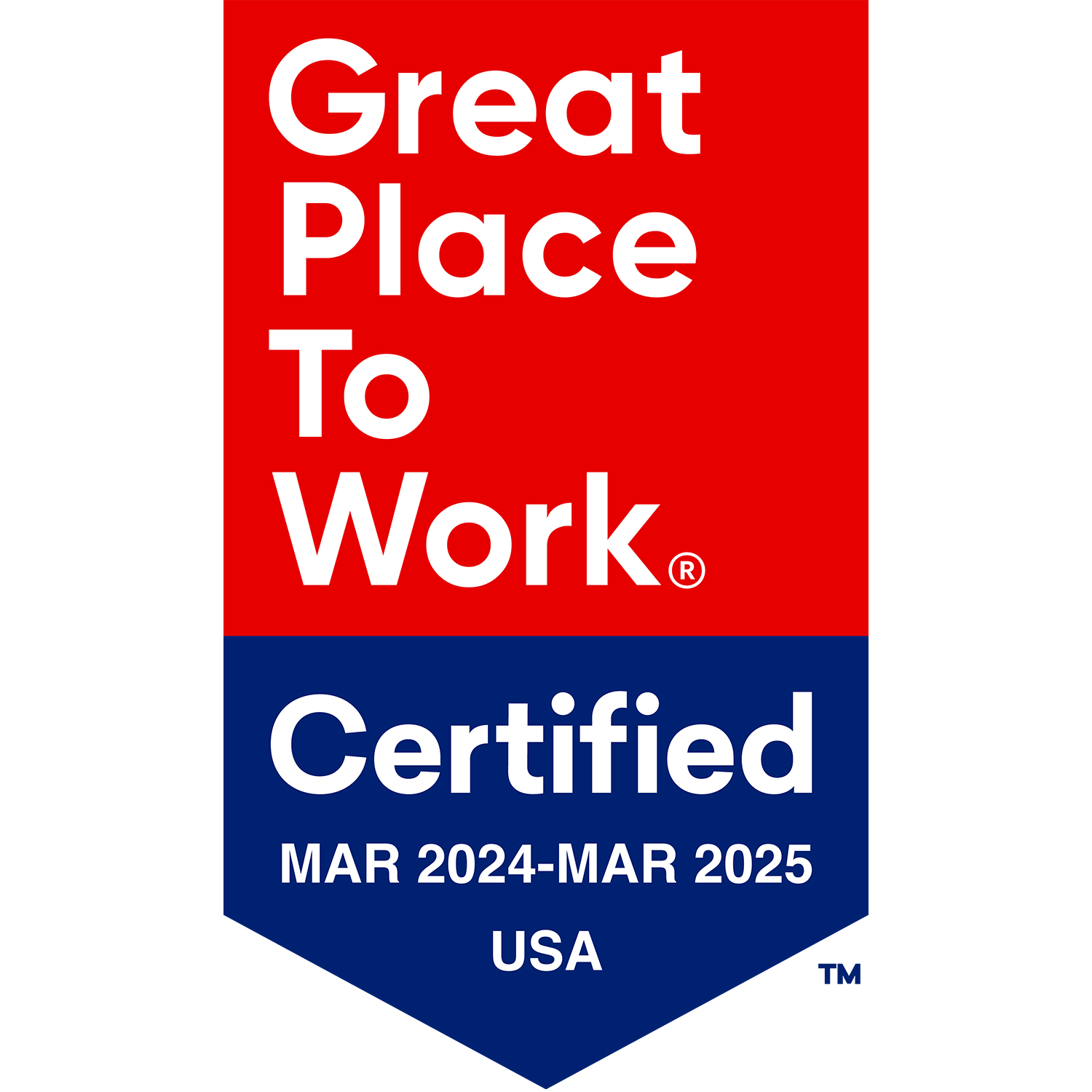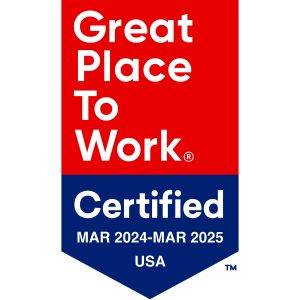By Rick Banas of BMA Management, Ltd.
Before last week, I never fully understood just how big of a health problem falling is, especially among older adults. Fortunately, you can take steps to help reduce your risk of falling.
I was at a presentation on Fall Prevention conducted last week at the Heritage Woods of Batavia affordable assisted living community that we manage in Batavia, Illinois. The presentation was conducted by representatives of The Tillers Nursing & Rehabilitation Center in Oswego.
The Tillers is run by the Saxon family, with whom Blair Minton and I have had the privilege of working. Medicare has awarded The Tillers a 5-Star rating. Their rehab center features an Activities of Daily Living Lab (ADL), with full residential-style kitchen and bathroom; fully-equipped therapy gym; full-size automobile; and award-winning Garden Path.
A Few Fall Facts
Kelly Ramlo, is a licensed occupational therapist with Legacy Rehab at The Tillers, presented some key information about falls among older adults.
30% to 50% of people 65 and older fall at least once a year.
More than half of the falls occur in and around the house, with the bathroom being the #1 spot for falls.
Falls is a leading reason why older adults are seen in the Emergency Room and are hospitalized.
According to the Centers for Disease Control & Prevention (CDC), falls are the leading cause of death due to injury among older adults. The CDC also points out that many people who fall, even if not injured, develop a fear of falling. Because of the fear, they limit their activity, which leads to reduced physical fitness and mobility, which leads to an even higher risk of falling.
Nine Tips to Fall Prevention
Fortunately, Kelly said, there are steps you can take to help improve your balance and reduce your risk of falling.
- Stay physically active. Plan an exercise program that is right for you. Regular exercise makes you stronger and improves muscles. It also helps keep your joints, tendons and ligaments flexible. Mild weight-bearing activities such as walking or climbing stairs may slow bone loss from osteoporosis.
- Have your eyes and hearing tested often. Even small changes in sight and hearing can put you at risk for falling. When you get new eyeglasses, take time to get used to them. Always wear your glasses when you need them. If you have a hearing aid, be sure it fits well and wear it.
- Find out about the side effects of any medicine you take. If a drug makes you sleepy or dizzy, tell your doctor or pharmacist.
- Get enough sleep. If you are sleepy, you are more likely to fall.
- Limit the amount of alcohol you drink. Even a small amount can affect your balance and reflexes.
- Stand up slowly after eating, lying down or sitting. Getting up too quickly can cause your blood pressure to drop, which can make you feel faint.
- Use a cane, walking stick or walker to help you feel steadier when you walk. This is very important when you are walking in areas that you don’t know well or in places where walkways are uneven. And be careful when walking on wet or icy surfaces. Be sure to have sand or salt to spread on icy areas by your front and back door.
- Wear rubber-soled, low heeled shoes that fully support your feet. Wearing socks or shoes or slippers with smooth soles on stairs or floors without a carpet can be unsafe.
- Learn how strong your bones are. Ask your doctor about a special test called a bone mineral density test. If this test shows that your bones are weak, your doctor can tell you about steps you can take to make them stronger and less likely to break.
Our thanks to Claudeen Saxon and to Kelly for sharing this information to residents and guests last week at Heritage Woods of Batavia and for allowing us to share it with you in this weeks BMA Blog. Be sure to share it with others.
All affordable assisted living communities managed by BMA Management, Ltd. are certified and surveyed by the Illinois Department of Healthcare and Family Services. All assisted living communities are licensed and surveyed by the Illinois Department of Public Health.
“BMA Management, Ltd. is the leading provider of assisted living in Illinois
and one of the 20 largest providers of assisted living in the United States.”
What are your thoughts? Leave a comment and let us know.




